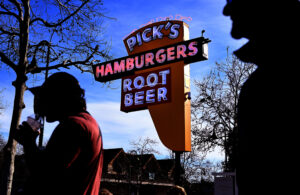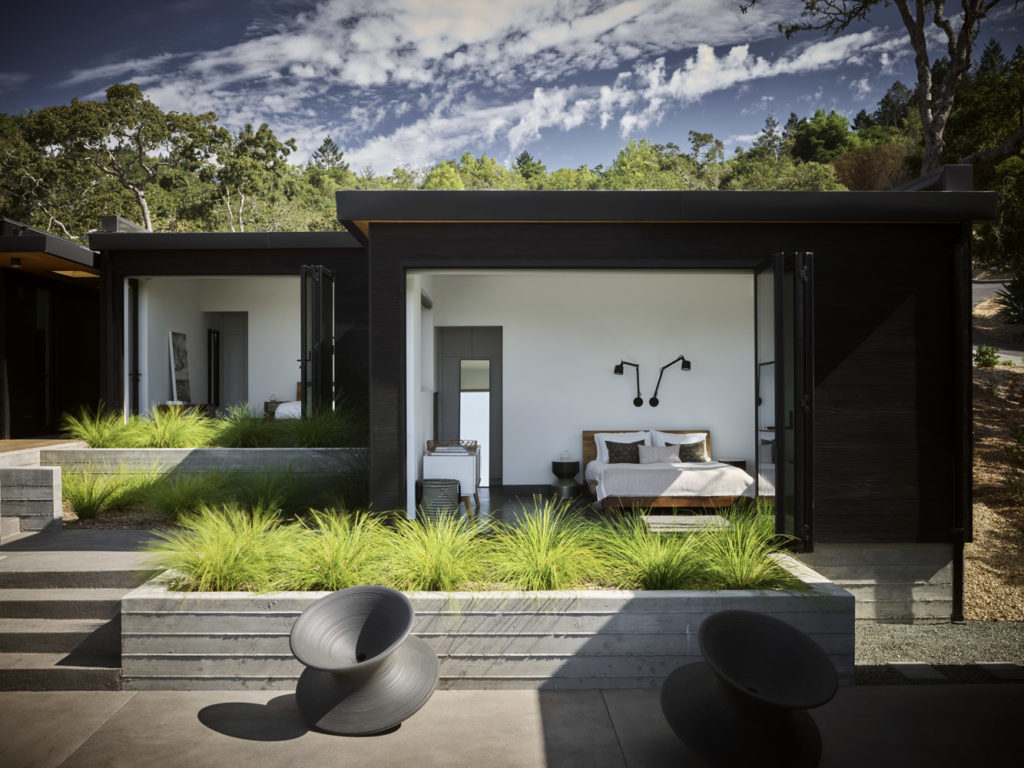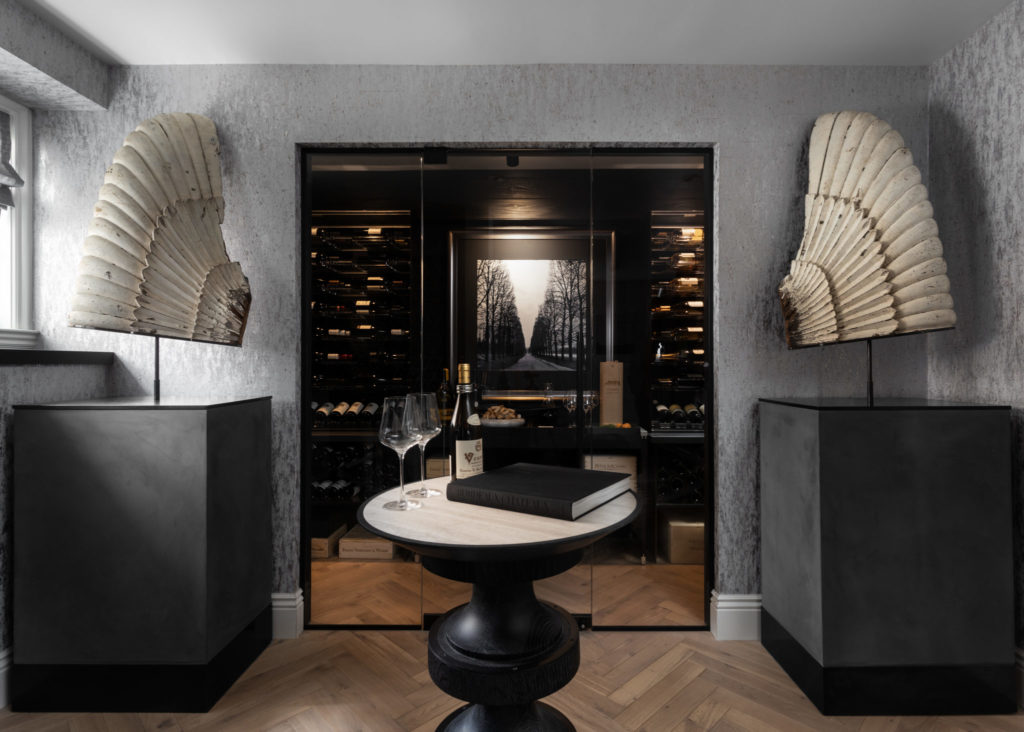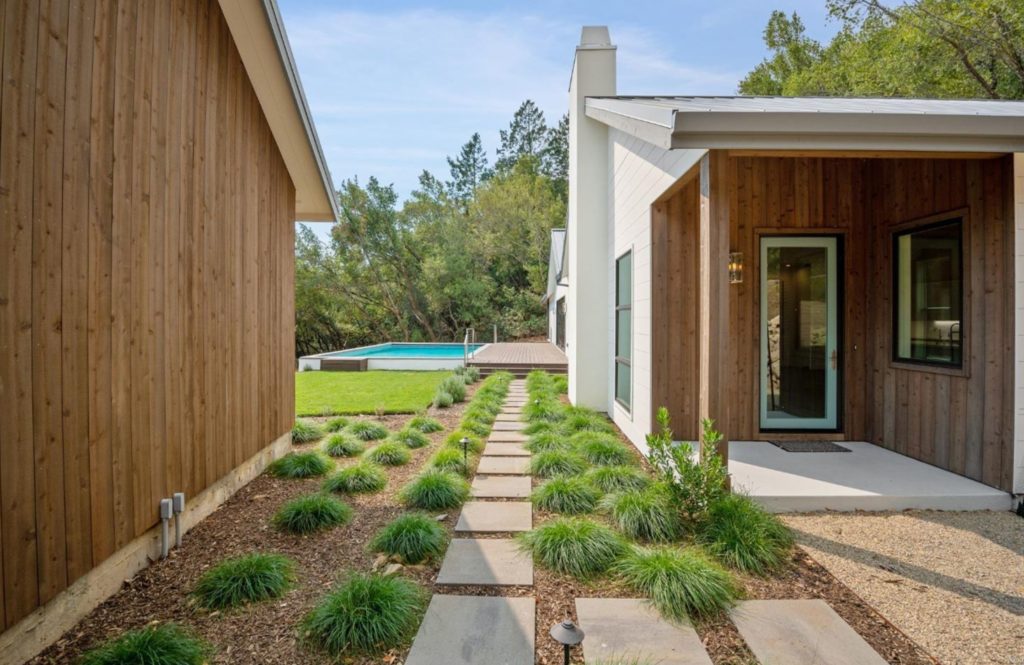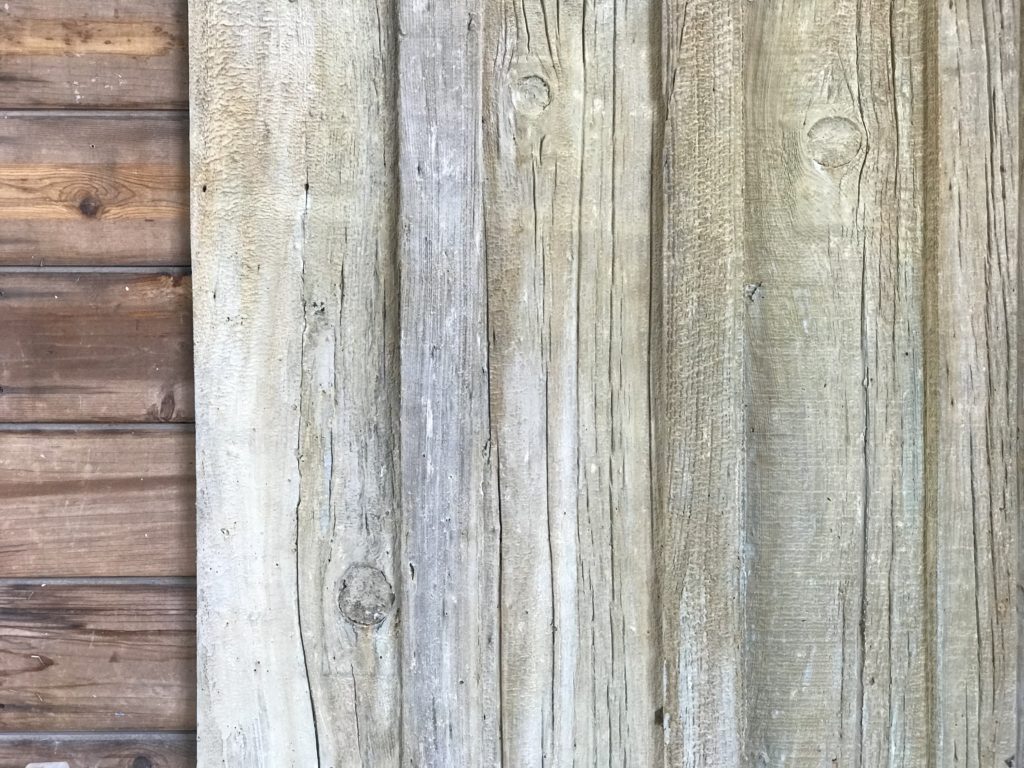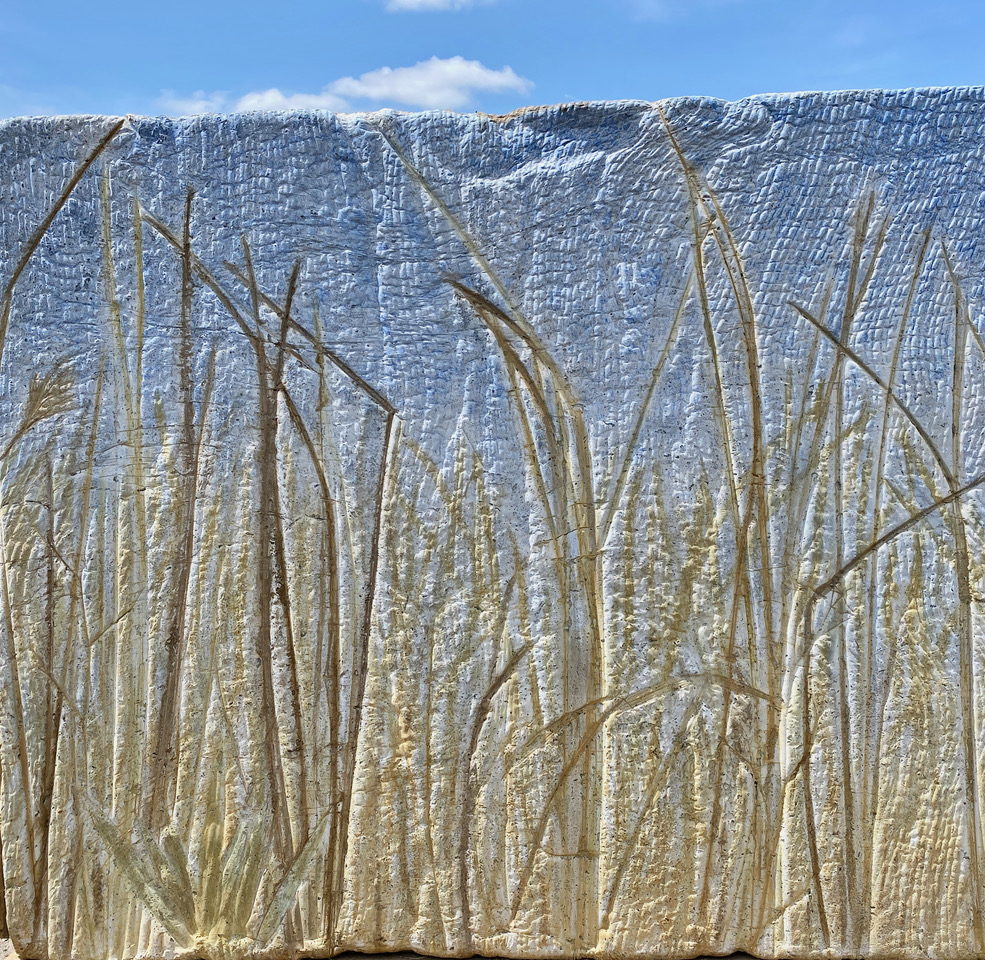As wildfires once again rage in California and smoky skies return to Sonoma County, many might be considering what they can do to help protect their homes. While you can’t create a completely fire-proof home, certain home materials and garden landscapes are more fire resistant than others. Getting rid of excess clutter can also help prevent the spread of fire. Here are a few ideas on how to make your home more fire resistant.
Explore different kinds of materials
In the aftermath of the 2017 North Bay Fires, it was determined that wooden fences were one of the conduits that allowed fire to spread between properties. This prompted the recommendation that fences should be installed at last five feet from buildings, or that they be made from fire-safe materials.
Michael “Bug” Deakin of Heritage Salvage in Petaluma responded to this recommendation by creating FireBreak faux wood panels made from a proprietary blend of nearly 70% recycled materials that can be used for fences and siding. The panels are formed from moulds that are a relief of the salvaged lumber Heritage Salvage is known for via their shop and DIY Network show Heritage Hunters.
“I tested (the FireBreak faux wood) with a 50,000 torch for an hour and I have video. The non-combustible test by Intertek (a multinational assurance, inspection, product testing and certification company) is still pending,” said Deakin.
Deakin has applied his design skills to his FireBreak project and a variety of styles and stains are offered, from faux wood with “salvaged” details to modern stone-looking pieces with abstract patterns made from impressions of reeds from the Petaluma River and even garbage bags.
A house’s exterior can also be more or less flammable. Shou Sugi Ban, a Japanese exterior siding technique that dates back to the 18th century and preserves wood by charring it with fire, has recently been making a comeback in home design. At the time of its inception, Japan was plagued by wildfires. By charring the wood before it is installed, the highly flammable cellulose layer can be neutralized, which in turn increases the wood’s resilience and reduces its flammability. The burned wood, with its dramatic and modern look, has recently been used by many Sonoma and Bay Area architects.
Embrace new landscaping trends
Garden landscapes are dramatically changing as we continue to battle droughts and wildfires. There’s lots to consider when it comes to creating a fire-resistant garden. Stay on top of current recommendations and research with the UC Master Gardeners of Sonoma — they offer helpful guidelines here. A few takeaways:
- Keep plants, wood and organic materials at least five feet from buildings, especially windows, vents, chimneys and combustible siding. Use rock or hardscaping in the zero to five-feet zone.
- At five-feet out, plants are okay in small “islands,” separated by non-combustible paths to disrupt the chain of ignition.
- Trim tree canopies off the ground so there’s no ladder of ignition.
- Make sure trees and plants are green and healthy. Cut away wooded or dead plant material.
- Do not use shredded bark mulch.
Remove clutter
Decluttering can make your indoor and outdoor spaces more relaxing to spend time in. It can also help prevent the spread of fire and keep exit paths clear in case of a fire. Donna Roses of Santa Rosa-based Donna Declutter works with clients on home-purging projects large and small. She says that many of her clients have collected items or paper piles that fill garages and rooms, including hallways and doorways. These items and piles of paper add extra fuel in the event of a fire.
“People don’t do their paperwork and mail. It accumulates in piles and they never process it out of their space. Then that’s a big fire hazard,” she says.
On her blog, Roses outlines a method for managing paper clutter. She suggests keeping a recycle bin or shredder near the spot where you typically leave your mail so you can get rid of junk mail daily. To process and purge bills or papers requiring action, she recommends making a weekly appointment with yourself for about 30 minutes.








